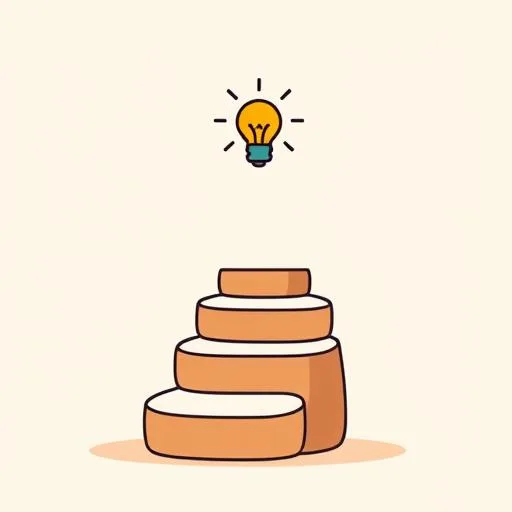You know that feeling when you’re handed a piece of code you’ve never seen before, and suddenly it’s like trying to read a map upside down in the dark? Yeah, we’ve all been there. It turns out, writing code might be the easy part—reading and understanding it? Now that’s where the real magic happens.
The Writing vs. Reading Dilemma

Here’s the thing: when you write code, you’re coming from a place of clarity. You’ve got the problem mapped out in your head, you know the syntax, and you’re building something step by step. It’s like following a recipe you love—you know exactly what goes where.
But reading someone else’s code? That’s a whole different ballgame. You’re stepping into their shoes, trying to figure out their thought process, their shortcuts, their quirks. It’s not just about scanning lines; it’s about building a mental model of how everything fits together. And let me tell you, that takes time, patience, and a whole lot of curiosity.
Why Reading Code Is Tough—But So Worth It
Think about it: when you’re reading, you’re not just looking at words on a screen. You’re piecing together a puzzle. You’re asking questions like, “Why did they do it this way?” or “What happens if I change this part?” It’s like being a detective, and every clue matters.
Research shows that developers spend a significant amount of time reading code way more than we realize. And if that code isn’t clear or well-structured, it can slow everything down. But here’s the hopeful part: when we get good at reading code, we’re not just fixing bugs or adding features; we’re building understanding. We’re learning from others, growing our skills, and becoming better collaborators.
Building Your Mental Model—One Step at a Time

Back to the keyboard—so how do you get better at this? Start small. Maybe take a few minutes each day to read through a snippet of code you didn’t write. Ask yourself what it does, why it works, and how it connects to the bigger picture. It’s like flexing a muscle—the more you do it, the stronger you get.
And don’t be afraid to ask questions! Whether it’s chatting with a teammate or diving into documentation, every bit of clarity helps. Remember, even the most experienced developers had to start somewhere. It’s all about taking those little steps forward, trusting that each one adds up.
Teamwork Makes the Dream Work

Here’s where it gets really exciting: when we prioritize reading and understanding code, we’re not just helping ourselves—we’re lifting up our whole team. Clear code means smoother teamwork, fewer misunderstandings, and more time for innovation.
Imagine a workplace where everyone feels confident diving into each other’s work, offering suggestions, and learning together. That’s the kind of environment where great things happen. It’s not about being perfect; it’s about being open, supportive, and always willing to grow.
Embracing the Challenge with Hope
Sure, reading code can feel daunting sometimes. But think of it as an adventure—a chance to explore, discover, and become a better problem-solver. Every time you untangle a tricky piece of code, you’re not just solving a technical puzzle; you’re building resilience, patience, and a deeper love for what you do.
So next time you’re faced with a block of code that makes your head spin, take a deep breath. Trust me, you’ll crack this! With a little curiosity and a lot of heart, you’ll find your way through—and maybe even enjoy the journey along the way. Who knows? That maze of code today might spark the ‘Aha!’ moment your team celebrates tomorrow.
Source: Writing Code Is Easy. Reading It Isn’t, Idiallo, 2025/09/08 12:29:12
